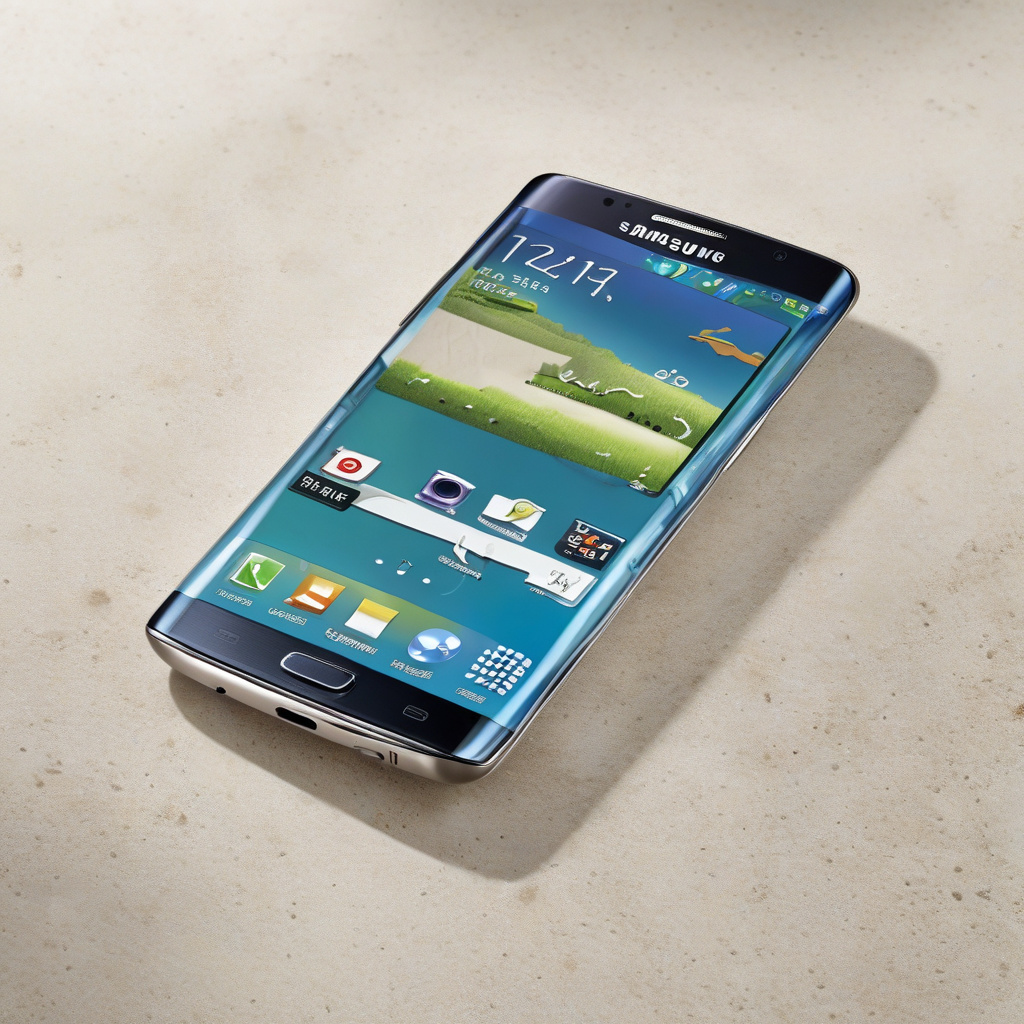Samsung has always been a trailblazer in the smartphone industry, pushing boundaries with each new release. The recent launch of the Samsung Galaxy S25 Edge certainly stirred excitement among tech enthusiasts. However, despite its sleek design and innovative features, it seems that Samsung might have missed a golden opportunity with this device.
One glaring omission that stands out is the absence of a portless design on the Galaxy S25 Edge. Imagine the buzz it could have created as the first portless phone in the market. Not just a gimmick, going portless could have allowed for an even slimmer profile, potentially enhancing the device’s aesthetics and user experience.
Moreover, ditching the USB-C port would have freed up valuable internal space, possibly accommodating a larger battery. With the S25 Edge sporting a 3900mAh battery, below the industry average, battery life could have been a major selling point with a portless design. Samsung could have even considered removing the SIM card tray to further optimize space for a beefier battery.
The off-center placement of the USB-C port and other elements on the bottom edge of the S25 Edge also raises design concerns. A portless style would have not only looked cleaner and more futuristic but also differentiated the device from its competitors in a striking manner.
Despite Samsung’s claim of “super-fast” charging at 25W, the charging speed falls short compared to rivals like the S25+ and S25 Ultra, which support 45W charging. Additionally, the absence of a charging brick from Samsung’s package means users have to rely on slower 15W Qi wireless charging, potentially leading to user frustration.
While Samsung should be commended for its bold design choices with the S25 Edge, it feels like a missed opportunity to truly revolutionize the smartphone landscape. The device, as it stands, offers incremental improvements rather than a groundbreaking shift that could have set a new standard in the industry.
In conclusion, the Samsung Galaxy S25 Edge is undoubtedly an intriguing device with its unique features and design. However, by not embracing a portless design and failing to address key issues like battery capacity and charging speed, Samsung may have fallen short of creating a truly exceptional flagship phone. As the tech world awaits the next big innovation, let’s hope Samsung seizes the opportunity to lead the pack with its future releases.

